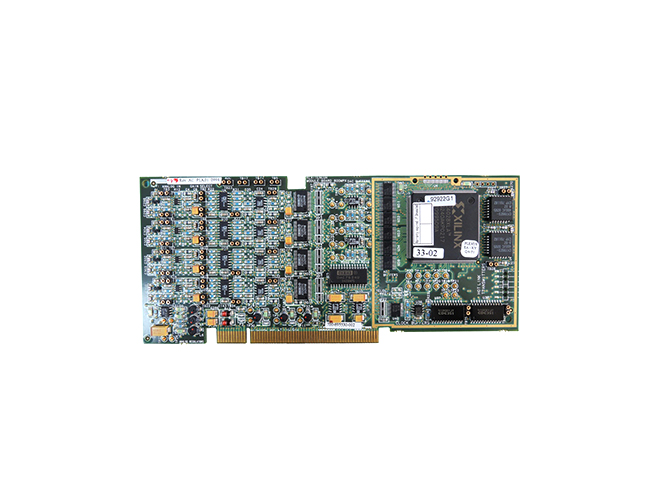Time:2025-05-13 Views:1 source:News

The design of spring probes encompasses a wide range of considerations to ensure their effectiveness, reliability, and suitability for diverse applications in the electronics industry.
Mechanical performance is a fundamental aspect. The spring within the probe is a critical component that determines the contact force and the durability of the probe. The spring must be designed with the right stiffness and resilience. A spring with appropriate stiffness ensures that the probe tip makes firm contact with the target surface, providing a stable electrical connection. If the spring is too weak, the contact may be intermittent, leading to poor conductivity and signal loss. Conversely, an overly stiff spring can apply excessive force, potentially damaging the delicate surfaces of the components being probed. Additionally, the spring should have good fatigue resistance to withstand repeated cycles of compression and extension without losing its mechanical properties over time.
Electrical properties are equally important. As mentioned, the choice of materials for the probe tip and the internal conductor is crucial for ensuring low electrical resistance and good conductivity. The probe tip material should have excellent electrical contact characteristics and be resistant to oxidation and corrosion. Moreover, the design should minimize electrical interference and crosstalk, especially in applications where high - speed signals are involved. This may involve using shielding techniques or optimizing the layout of the probe's internal components.
The geometry of the spring probe needs to be carefully engineered. The shape of the probe tip, as previously discussed, affects the contact area and the quality of the electrical connection. It also impacts the precision of the probe's positioning on the target surface. The overall length and diameter of the spring probe are determined by the application requirements, such as the available space within a device or the distance between the probe and the target. In some cases, a slender and flexible probe design may be required to access hard - to - reach areas, while in other applications, a more robust and rigid probe may be necessary.
Environmental factors must also be taken into account during the design process. Spring probes may be exposed to various environmental conditions, including temperature variations, humidity, and dust. The materials and construction of the probe should be selected to withstand these conditions. For example, in high - humidity environments, materials with good corrosion resistance are preferred. In high - temperature applications, the spring and the probe tip materials should maintain their mechanical and electrical properties. Additionally, the design may incorporate features like sealing or protective coatings to shield the probe from environmental contaminants.
Furthermore, the manufacturability of the spring probe design is an important consideration. The design should be practical and cost - effective to produce, with processes that can ensure consistent quality and performance across a large number of units. This involves optimizing the manufacturing steps, such as machining, assembly, and surface treatment, to minimize production time and costs while maintaining high - quality standards. Overall, a comprehensive approach to considering these design key points is essential for creating reliable and efficient spring probes.
Read recommendations:
Mass production of magnetic connector factory
Bulk customization of Pogo Pin connectors
Magnetic PogoPin custom manufacturer
What should we pay attention to during the charging process of the charging pile?